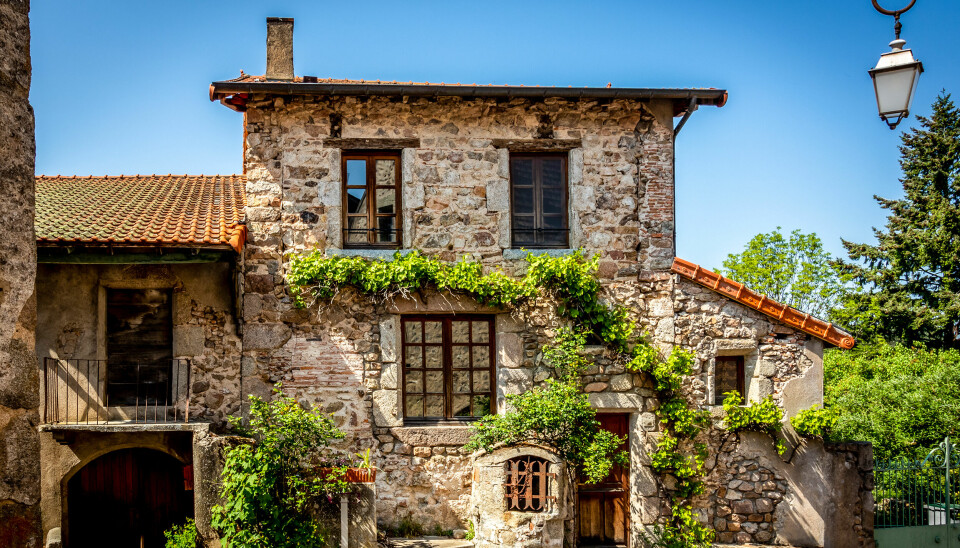Second-home owners in France could soon face insurance surcharge
Government report recommends creating a prevention fund with insurance sector at risk of collapse over natural disaster payouts
Property owners in areas where natural disasters are more common can find it difficult to insure their homes
Ko Zatu / Shutterstock
Second-home owners may soon have to pay a surcharge on their home insurance to help prop up the insurance system which has been hard hit by the rise in payouts linked to climate change.
The move is recommended in a report commissioned by the government on the state of France’s insurance sector.
Surcharges are also recommended for landlords and owners of high-value properties
The report comes amid fears that the insurance sector is about to enter a structural deficit due to the high number of claims for natural disasters (catastrophe naturelle), such as flood damage to properties and cracks to houses caused by droughts.
Annual payouts from insurers due to climate change related damage alone are set to increase by more than 50% by 2050, said Minister of Ecological Transition Christophe Béchu.
Several changes already agreed – such as a 20% surcharge to insurance policies for properties in areas where the risk of natural disasters are high, which comes into force in January 2025 – will not be enough to help insurance firms, the Langreney report said.
Currently, the surcharge is at a fixed rate of 12%.
The report also recommends breaking down the natural disaster surcharge into separate categories for each type of natural disaster, including flooding, storms, and clay shrinkage.
This would in theory prevent the emergence of ‘insurance deserts’ in areas particularly prone to certain weather phenomena, with policyholders paying to cover their homes against a specific threat as opposed to one overall disaster surcharge.
Read more: Insurers refuse to cover properties in ‘flood risk’ Brittany town
Consultations will be held until the end of the summer in order to decide which measures will be taken following the recommendations, a government spokesperson told Le Figaro.
The official steps to be taken will be laid out in the government’s upcoming climate change prevention plan, and talks will begin later this month with insurance companies to gauge their views on the matter.
There is no indication of how much insurance costs will rise if the changes are implemented.
Creation of a ‘prevention fund’ from insurance increases
Alongside second-home owners, landlords and property owners with a high level of cover (€20 million or more) could be asked to pay an additional charge on their annual bill, that would go towards a ‘prevention’ fund.
This would be separate from the natural disaster surcharges.
The report envisions this fund as having two benefits.
Firstly, it would allow natural disaster surcharges to remain lower across the board, for both main residencies and property types listed above, as well as to diversify them into different categories without creating ‘uninsurable areas’.
In addition, the money would go towards “strengthening the prevention of natural risks and the resilience of buildings, in particular through awareness-raising measures,” which would ultimately help lower the damage from natural disasters to properties.
Trials have been underway since last year to see what methods are best to protect homes against clay shrinkage damage.
Up to 10 million homes, many of which are in the south-west, may be affected by clay shrinkage, the process in which clay soils expand and shrink during periods of drought and rainfall, causing cracks to appear in walls and structural damage to properties.
Read more: Trials start to reduce drought crack risk in millions of French homes
You can download and read a summary of the Langreney report here from the government.

























